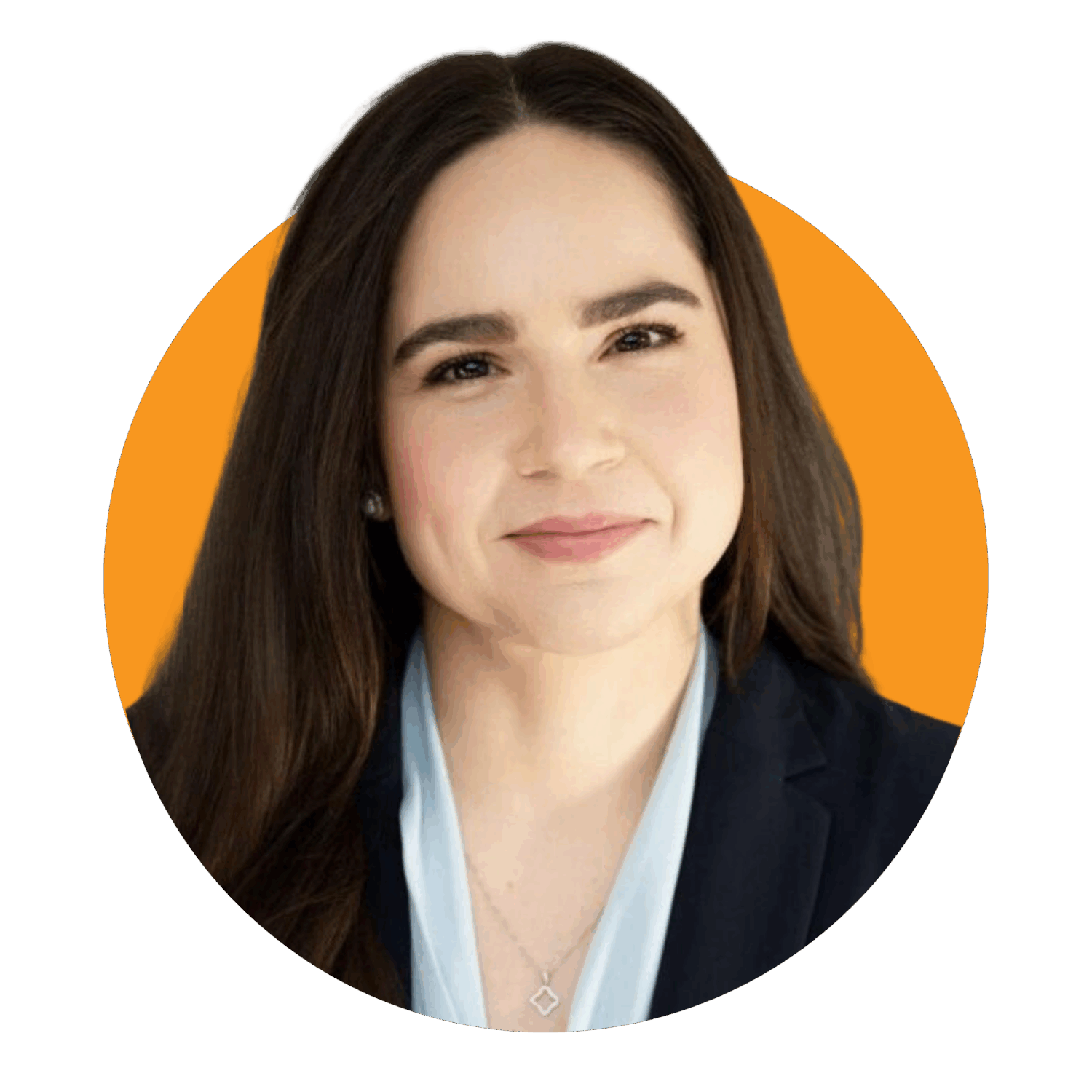Rachel Smith escaped an abusive marriage, but the damage to her finances remained.
She’d left the relationship but was still burdened by $80,000 in debt, after her husband ran up sales tax for his business—but listed it in his wife’s name. He’d also opened credit cards in her parents’ names and charged $250,000 to those accounts. Then, after Smith fled their shared home, he put all the household utilities in her name, adding hundreds more dollars to her financial troubles.

Smith’s case is sadly not unique, says Texas Law Professor Angie Littwin. “Coerced debt occurs in a relationship characterized by domestic violence—also known as intimate partner violence—when the abusive partner incurs debt in the survivor’s name using fraud, coercion, or manipulation,” Littwin explains. An abuser may fraudulently open credit cards in their partner’s name or force them—through explicit or implicit threat—to take out loans.
Littwin is the recognized expert on this type of financial abuse, which she first named “coerced debt” in a 2012 paper.
The current legal options frequently fail survivors, especially when they were pressured to take on the debts. “Generally, it’s not that survivors lose in court; it’s that there are few remedies for coerced debt generated by coercive transactions,” she says. “There’s often no law to even bring a case under.”

For coerced debt survivors nationwide, the Fair Credit Reporting Act only enables identity theft victims to erase fraudulent debts from their credit report. “Debt via fraud is a form of identity theft,” Littwin explains, but debt via duress or manipulation is not. (Littwin also recommends freezing credit—provided it can be done safely—so new debt cannot be incurred by an abuser.)
“There are no great remedies for coerced debt at the federal level,” she says.
Meanwhile, “survivors with fraudulent debt can even have problems being believed because decision makers like police can be skeptical when the perpetrator is an intimate partner,” Littwin says.
Her work on the topic isn’t purely academic. Littwin’s research has helped produce laws to support and protect survivors of coerced debt.
Widespread, but Often Unseen
Domestic violence survivors and professionals working in the field report how widespread coerced debt is. In 2014, Littwin and Professor Adrienne Adams of Michigan State University surveyed callers to the National Domestic Violence Hotline: more than half reported suffering coerced debt.
Yet, it’s a societal problem that Littwin says remains too-often hidden.
When Littwin presents to groups unfamiliar with domestic or intimate partner violence, she’s often faced with questions: “‘How could somebody end up with this much debt in their name without their knowledge or consent? Why not leave a relationship when the alternative is financial ruin?’ And then I start into talking about coercive control,” Littwin says.
Angie has shown that many women have debt for which no just legal system would hold them accountable. She has shined a light on something that was there all along, but we would not see.
Robert Lawless
Coercive control was explored in depth by Evan Stark, who wrote the definitive book on the concept. It shares elements with crimes like kidnapping, hostage-taking, and brainwashing. The abusive partner essentially seeks “to undermine the other partner’s free will by controlling every aspect of their life,” Littwin says, possibly preventing their victim from working—or taking their earnings if they do work—as well as from driving, connecting with friends and family, or making their own choices about how to dress, cook, or raise their children. “Coerced debt can play an important role, because it can prevent the victim or survivor from having alternatives to leaving the relationship,” Littwin says.

“Once survivors find out about the debt, their credit score may be wrecked,” she explains. Today, beyond securing loans, credit scores are used in applications for employment, housing, and basic utility services. “In other words, exactly what someone needs if they would like to leave a relationship and start over on their own,” Littwin adds. “So, damaged credit scores can really be a barrier to somebody leaving an abusive relationship.”
Fellow academics emphasize the importance of Littwin’s scholarship. “Angie has shown that many women have debt for which no just legal system would hold them accountable. She has shined a light on something that was there all along, but we would not see,” says Robert Lawless, the Max L. Rowe Professor of Law at the University of Illinois Urbana-Champaign and a nationally recognized expert in bankruptcy law, consumer finance, and empirical legal studies. “The work already has become part of the conversation about how to help financially struggling households,” he says.
Scholarship Origins
Littwin earned her undergraduate degree from Brown University and juris doctor from Harvard Law School. After law school, she clerked for the Honorable Rosemary Barkett of the U.S. Court of Appeals for the 11th Circuit and founded Reaching Out About Depression, a community-organizing project for low-income women. She was a lecturer at Harvard Law School before joining the Texas Law faculty in 2008.
The year prior, as part of the 2007 Consumer Bankruptcy Project—an ongoing research project studying people who file for bankruptcy—Littwin proposed that the team interview cohabitating women about domestic violence. They found that a higher percentage of women who filed for bankruptcy had also suffered domestic abuse compared to the general population.
That prompted Littwin’s conversations with domestic violence counselors and advocates. Why might female bankruptcy filers have a higher rate of domestic violence than other women? she asked the professionals. Their answer: the “rampant” coerced debt they’d seen in their practices. “And that’s how I realized there was something going on that needed to be studied and understood,” Littwin says.
Littwin took what those DV professionals told her, combined with Starks’ writing on coercive control, and translated it for a legal audience. “This debt is incurred in the context of coercive control, so I called it ‘coerced debt,’” she says.
Coerced Debt Publications
Fast forward to today, and Littwin has authored or co-authored numerous significant publications on coerced debt. Recently, with colleagues she completed a major study funded by the National Science Foundation. The researchers examined coerced debt among Texas women divorcing abusive men. Theirs was the first-ever large federally funded study of coerced debt. The findings? Among the study participants, credit cards made up nearly half of all accounts with coerced debt, and women with coerced debt had lower estimated credit scores compared to women without coerced debt. The study also found divorce to be an ineffective legal remedy for coerced debt, and legal rights under debtor-creditor law were deemed effective for less than 10% of coerced debts.
Littwin’s latest article looks at the Supreme Court’s 2023 decision in Bartenwerfer v. Buckley, which said a woman could still be held responsible for a debt created through the fraud perpetrated by her husband and business partner—even though she wasn’t involved in it. That ruling is troubling for survivors of coerced debt, because it suggests they might be stuck with fraudulent debts forced on them by abusive partners. Littwin argues the decision doesn’t require courts to treat survivors this way, and she makes the case that they should still be allowed to clear coerced debts through bankruptcy. Using findings from the NSF study, she shows how denying this relief punishes victims instead of protecting them.
Legal Protections
Legal changes remain necessary. Among its findings, the NSF study shows that for approximately 100 women with coerced debt active at the time of their divorce, only one of their ex-husbands was ordered to pay off the coerced debt he created.
Smith found herself in a similar place. She was unable to erase her husband’s sales tax owed to the state government. While the U.S. government has a program to help innocent spouses erase coerced tax debt, state governments don’t. Meanwhile, Smith’s parents filed for bankruptcy to delete their credit card debt, but bankruptcy rarely helps with unpaid taxes. And to close the cable account put in her name by her husband, Smith had to return the service provider’s equipment or pay the provider $700. But she didn’t have the money. That forced Smith to take a risky step: she snuck into her old house to grab the equipment so she could return it to the provider.

Such examples aren’t unusual to professionals. “When I worked in legal aid, I knew the law was not helping our clients. It needed to be changed,” says Carla Sanchez-Adams ’09, who discovered Littwin’s work on coerced debt while working as a managing attorney with Texas RioGrande Legal Aid following her graduation from Texas Law. Sanchez-Adams began collaborating with Littwin around 2013, and Littwin later joined the Texas Coalition on Coerced Debt which Sanchez-Adams had established. TCCD is made up of Texas-based attorneys, advocates, policymakers, financial professionals, and law enforcement who are interested in promoting identity theft protections for survivors of family violence. Sanchez-Adams is now a senior attorney with the National Consumer Law Center, where she focuses on emerging issues in banking and payment systems, including debt collection and credit reporting issues impacting survivors of gender-based violence.
But legal changes are underway. In Texas, Littwin’s work has prompted laws to be enacted, expanding the definition of identity theft to include coerced debt. On June 20, 2025, Gov. Greg Abbott signed Texas House Bill 4238 to protect survivors of coerced debt, as well as other forms of identity theft, from collections on most debts. Littwin had testified about the proposed law three times. “I was very happy that the bill was signed,” she says. “With the new law, if somebody has a court order stating that her coerced debts were created via identity theft, creditors must stop collections on those debts.” While there are some exclusions, “the law is, nevertheless, very important,” Littwin says. “The Texas Coalition on Coerced Debt had been trying for a few sessions to get a law passed, so this law is a tremendous step forward.”
Angie’s work has not only made a difference in Texas, but grown a movement across the country.
Ann Baddour
Smith could have benefitted from the new laws, since her husband created most of her debts through coercive transactions rather than fraud, which “already had remedies in the form of protections from identity theft,” says Littwin. “Providing a remedy for debt created by coercive transactions is where the new laws, such as the Texas law, make a major difference.”

Meanwhile, Littwin continues to provide expert support to TCCD, and she’s consulting on a pro bono pilot where lawyers help coerced debt survivors obtain orders declaring they’ve been the victims of identity theft. Whenever she’s called on for expertise, Littwin makes herself available, says Ann Baddour, Texas Appleseed’s state director of projects aimed at bringing low-income and immigrant consumers into the financial mainstream.
“Angie’s work has not only made a difference in Texas, but grown a movement across the country,” says Baddour, with multiple national organizations now working on issues of coerced debt.
“When we’re successful, we can help some people in the most vulnerable circumstances find and access pathways to financial survival and relief,” Baddour says. “To have someone like Angie, who’s in it for the long haul and whose commitment is from not just the mind, but also from the heart, it means the world.”
This story is an expanded version of a shorter news item that appeared in the fall 2025 issue of Texas Law Magazine.
